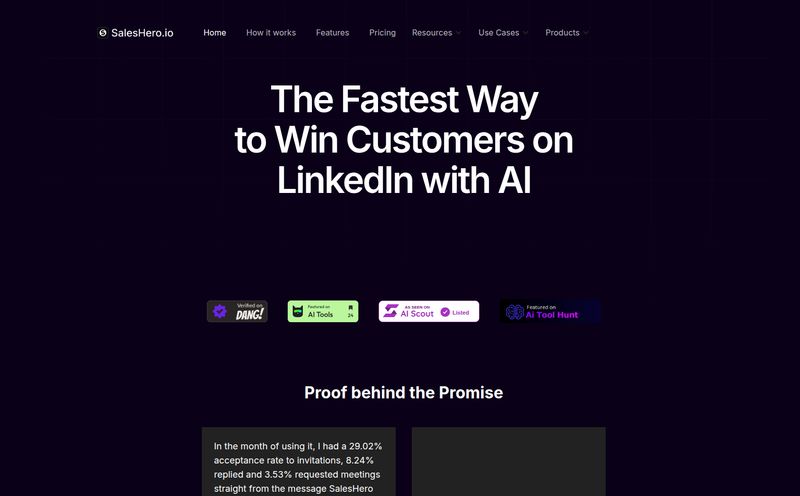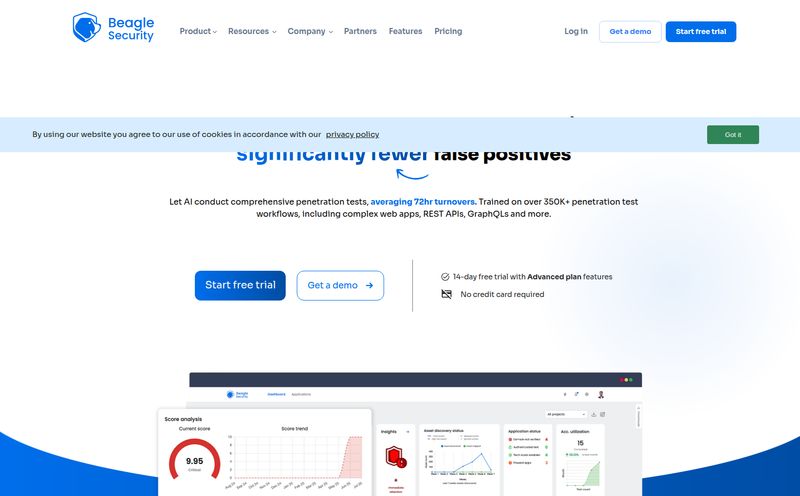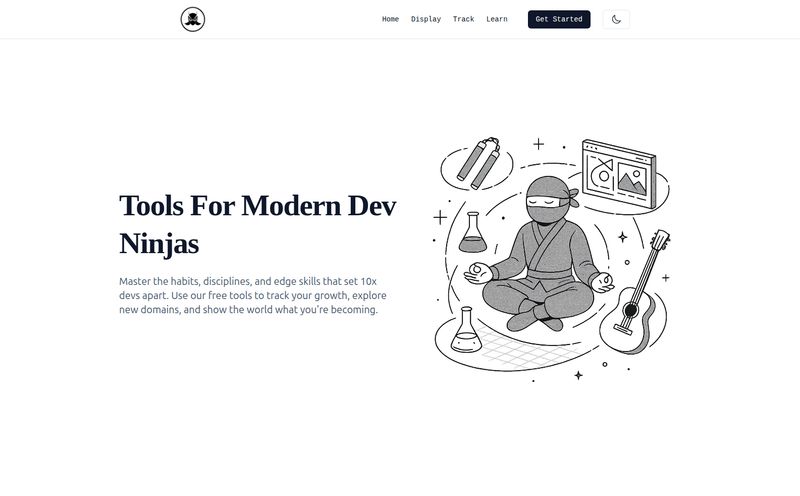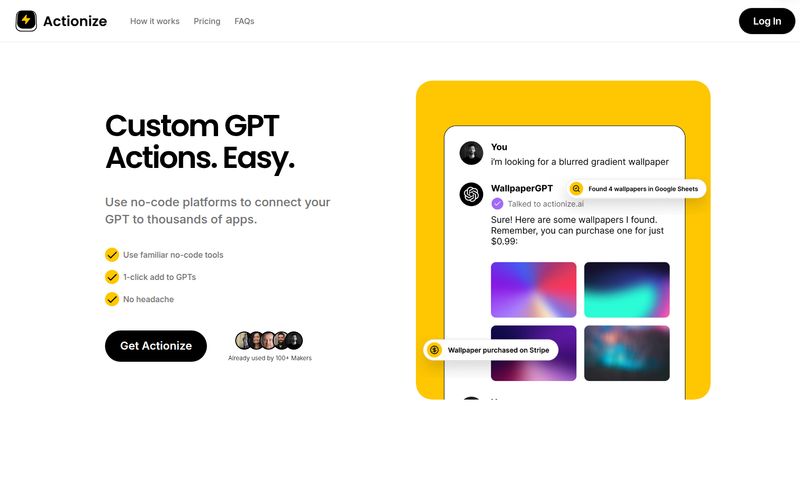I've spent more hours than I’d like to admit staring at a monstrous wall of HCL, trying to trace a dependency through a dozen Terraform files. We’ve all been there. You're trying to explain a complex cloud architecture to a new team member, or worse, to the budget folks, and their eyes just glaze over. You pull up a diagram you made in Lucidchart weeks ago, but you know, deep down, it’s already a lie. It's hopelessly out of date.
It’s the fundamental disconnect of Infrastructure as Code (IaC): the plan (the diagram) and the reality (the code) live in separate universes. So when I first heard about Brainboard, I was skeptical. Another drag-and-drop cloud tool? Hard pass. But then I saw it wasn't just drawing infrastructure; it was building it. And that got my attention.
So, I spent some time with it, and this is my no-fluff, real-talk take on whether Brainboard is just another pretty face or if it's the tool that could finally bridge that gap.
So, What Exactly is Brainboard? (And Why Should You Care?)
At its heart, Brainboard is a collaborative platform where you visually design your cloud setup, and it spits out the Terraform code for you. But that description doesn't do it justice. It’s not a one-way street from diagram to code. The diagram is the code. The visual canvas is your single source of truth.
Think of it less like drawing a map and more like using an advanced city-planner simulation. When you place a building (an EC2 instance), you’re not just drawing a square. You're placing a fully-configured object that understands its own properties and how it connects to the power grid (your VPC) and the roads (the security groups). Change the diagram, you change the code. Instantly. It’s a wild feeling the first time you see it work.
And for those of us keeping an eye on the HashiCorp vs. OpenTofu saga, it’s good to see they support both. That shows they're listening to the community, not just corporate giants. It's a small thing, but it builds trust.
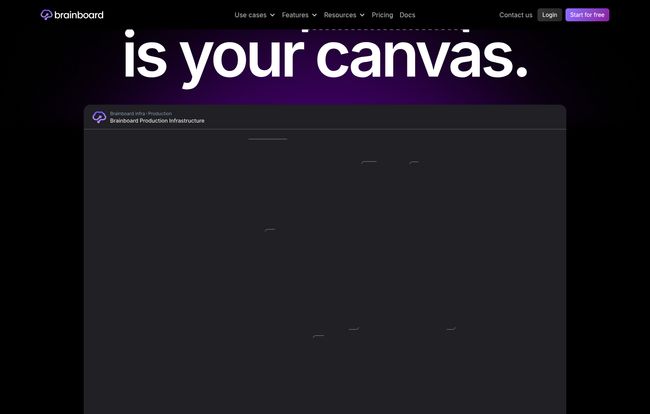
Visit Brainboard
The Features That Made Me Look Twice
A pretty interface is nice, but we've all been burned by tools that are all sizzle and no steak. I poked around the features to see if there was real substance behind the slick design.
From Whiteboard to Reality: The Smart Cloud Designer
This is the main event. The visual designer is genuinely smart. It’s not just abstract shapes. You're dragging and dropping actual, properly configured AWS, Azure, and GCP resources onto a canvas. The platform understands the relationships between them. For instance, if you connect a Lambda function to an S3 bucket, Brainboard knows what IAM permissions are likely needed. It's like building with intelligent LEGOs that click together, rather than just drawing a picture of a LEGO castle and hoping someone else can figure out how to build it. The automatic generation of clean, readable Terraform code from this process is... well, it's the magic trick that makes the whole thing work.
Taming the Drift: Keeping Your Sanity and Your State File
Ah, drift. The silent killer of IaC purity. It's when some well-meaning person goes into the AWS console and manually changes a security group, and suddenly your Terraform state is a lie. Managing this is usually a massive pain. Brainboard has drift detection built-in. It continuously compares your designed architecture to what’s actually deployed. It flags discrepancies and lets you decide whether to revert the change or update your design to match reality. This feature alone could save teams countless hours of detective work and prevent some serious security oopsies.
GitOps and CI/CD for the Visual Thinker
Here’s what sealed the deal for me. Brainboard doesn't try to lock you into its own ecosystem and throw away your existing workflows. It integrates with Git. You design visually, and then you can commit that generated Terraform code directly to your GitHub, GitLab, or Bitbucket repo. This is huge. It means you can still have code reviews, version history, and all the goodness of a proper GitOps flow.
They even have a visual CI/CD engine. Now, I love a good YAML file as much as the next DevOps nerd, but being able to visually chain together plan, apply, and approval steps is undeniably cool and makes the process accessible to more people on the team.
The AI Co-Pilot: Overhyped or Genuinely Helpful?
Okay, I'll admit it. When I see "AI-powered," my eyes tend to roll back in my head a little. It's the marketing buzzword of the decade. But... Brainboard's implementation is actually pretty practical. You can give it a text prompt like, "Create a three-tier web application with a public load balancer, private app servers, and a managed RDS database," and it will generate a baseline architecture for you. It's not perfect, but as a starting point? It saves a ton of time. It’s a great way to blast through teh initial setup and get to the fine-tuning faster. A surprisingly helpful feature.
Let's Talk Money: Brainboard Pricing Breakdown
Alright, so how much does this magic cost? The pricing structure is actually quite straightforward, which I appreciate. No need to hire a cryptographer to figure it out.
| Plan | Price | Who It's For |
|---|---|---|
| Free | $0 | Solo developers, students, or anyone who wants to kick the tires. It's incredibly generous, with unlimited architectures and code generation. |
| Pro | $99 /user/month | Professional teams. This unlocks all the collaborative features, Git integration, the visual CI/CD, and unlimited deployments. This is the sweet spot for most businesses. |
| Enterprise | Custom | Large organizations needing features like SSO, self-hosting, audit logs, and dedicated support. |
One little thing to watch out for: importing existing infrastructure from your cloud provider isn't free. They charge a separate fee per resource. It's not a deal-breaker, but something to budget for if you're planning a big migration.
The Good, The Bad, and The Beta
No tool is perfect. After my time with Brainboard, here's my honest breakdown.
The visual-first approach is a revelation for complex architectures and for keeping everyone on the same page. It’s not just a nice-to-have; it feels like a fundamental improvement in workflow. The way collaboration is baked in, not bolted on, is also a huge plus. And frankly, I was impressed by the quality of the auto-generated Terraform code—it's clean and doesn't feel like obfuscated machine output.
On the flip side, some of the really cool, cutting-edge stuff is still in Beta. That’s not necessarily a bad thing—it means the platform is growing—but you have to be comfortable with a little bit of in-flight turbulence. The per-resource import fee could also add up if you're bringing over a sprawling, legacy environment. And for the big corporate must-haves, you’re in “contact us for pricing” territory, which is standard practice but always feels a bit like a mystery box.
Who is Brainboard Really For?
So, who should drop what they're doing and check this out?
- DevOps Teams looking to standardize their workflow and move faster without breaking things.
- Cloud Architects who are tired of their beautiful diagrams becoming obsolete the second they're finished.
- Consultancies that need to spin up and tear down client environments quickly and consistently.
- Companies with mixed-skill teams, where junior engineers can contribute safely within the visual guardrails set up by senior staff.
Now, is it for the hardcore, vim-and-a-terminal engineer who writes HCL in their sleep and scoffs at any form of GUI? Probably not. And that's fine. But for the rest of us who live in the messy reality of team collaboration, deadlines, and the need for clear documentation, Brainboard presents a very compelling argument.
My Final Verdict
I came in a skeptic and I'm walking away an optimist. Brainboard isn't just a crutch for people who don't want to learn Terraform. It's a professional-grade tool that uses a visual paradigm to make IaC faster, safer, and more collaborative. It elegantly solves the “out-of-date diagram” problem by making the diagram the source of truth.
Is it perfect? Of course not. But it’s one of the most interesting and genuinely useful developments in the cloud management space I’ve seen in years. It feels less like a tool and more like a whole new way of working. If you're managing any kind of cloud infrastructure, you owe it to yourself to give their free plan a spin. You might be surprised.
Frequently Asked Questions about Brainboard
- Can I use my existing Terraform modules with Brainboard?
- Yes, absolutely. Brainboard supports both public and private Terraform modules, so you can import and use your existing, battle-tested code within the visual designer.
- Does Brainboard replace Terraform or the Terraform CLI?
- No, it complements it. Brainboard generates standard Terraform code. You can still use the Terraform CLI if you want to, but the platform also provides its own visual CI/CD engine to run your `plan` and `apply` commands.
- What cloud providers does Brainboard support?
- It supports all the major players: Amazon Web Services (AWS), Microsoft Azure, Google Cloud Platform (GCP), and others. The free plan gives you access to all of them.
- Is the Terraform code that Brainboard generates editable?
- The primary workflow is to manage the infrastructure via the visual designer. However, the Enterprise plan offers the ability to directly edit the generated HCL code for specific, advanced use cases.
- How does the GitOps workflow integration work?
- It's pretty slick. You connect your Git account (GitHub, GitLab, etc.). When you're ready, you commit your architecture from Brainboard. This pushes the generated Terraform code to your specified branch, which can then trigger your existing CI/CD pipelines or Brainboard's own.
- How secure is the platform for managing production infrastructure?
- Security is a clear focus. The Pro plan includes Role-Based Access Control (RBAC). The Enterprise plan adds major security features like SSO, self-hosted runners, private registries, and audit logs to meet strict corporate compliance requirements.
